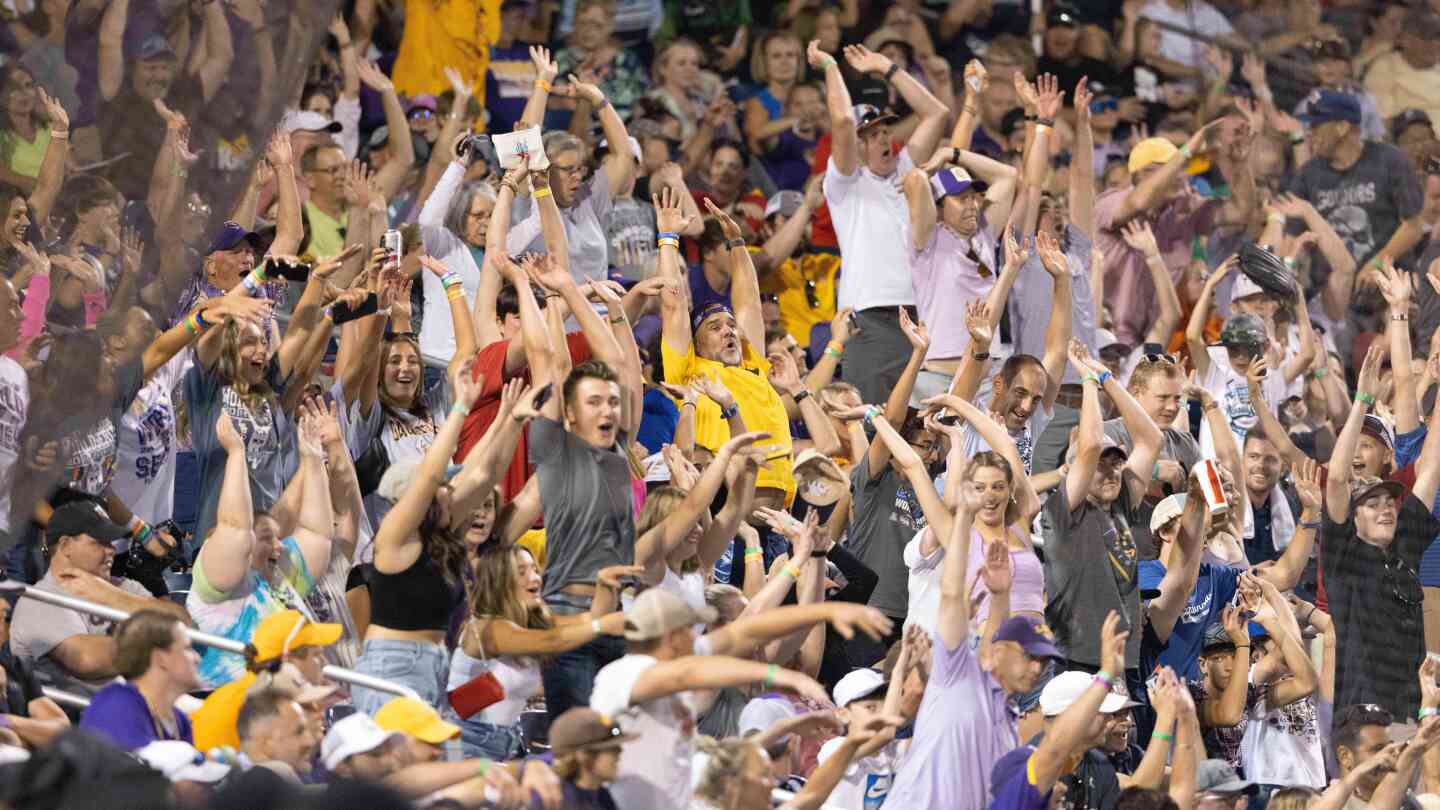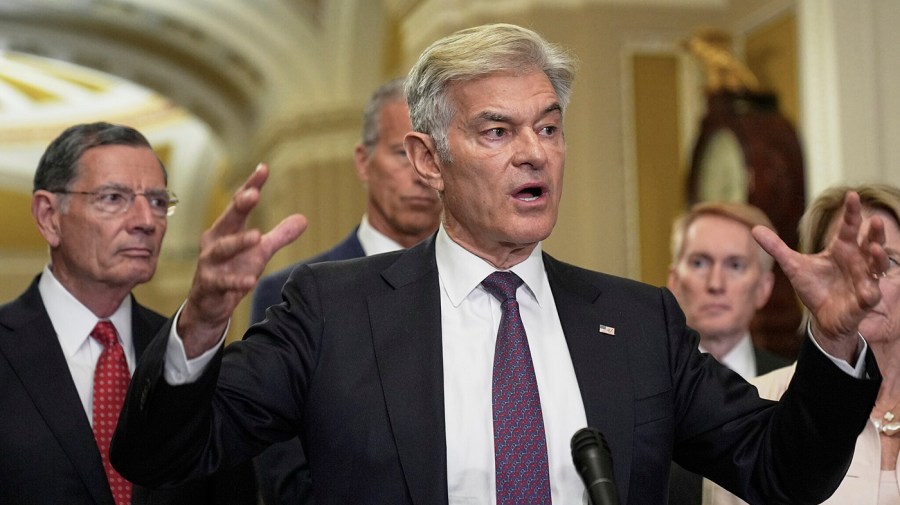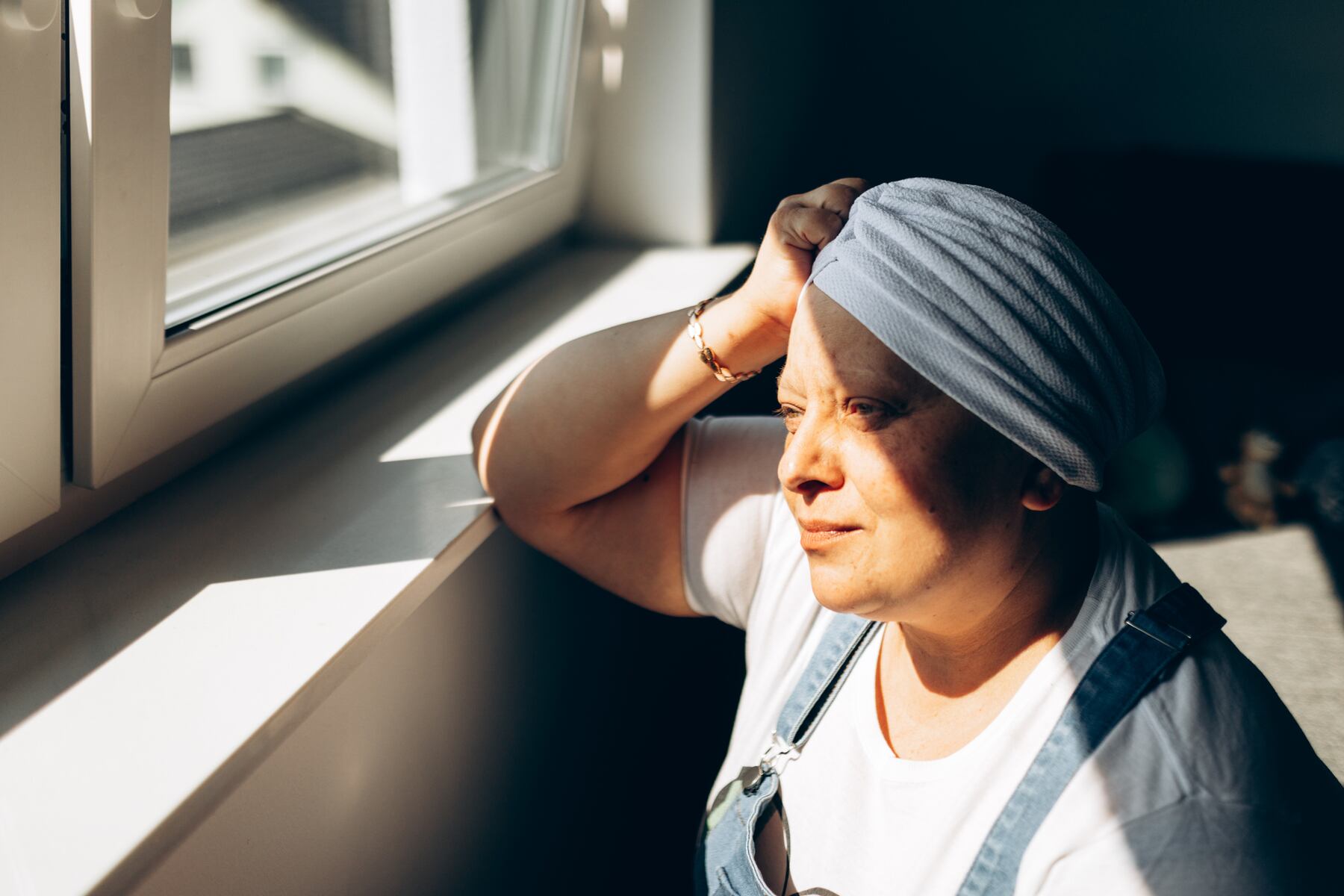Residents of San Pedro Manrique, Spain, participated in a remarkable annual event that involves walking across a bed of hot coals while thousands of spectators cheer them on. This fire-walking ritual, held every June, is more than just a test of courage; it creates a profound sense of togetherness among participants and onlookers alike. According to Dimitris Xygalatas, a cognitive anthropologist at the University of Connecticut, both the fire walkers and the crowd experience a shared feeling of unity, which he describes as collective effervescence.
This phenomenon occurs when individuals engage in meaningful activities that evoke positive emotions. Xygalatas, who has explored the essence of collective experiences in his book, “Rituals: How Seemingly Senseless Acts Make Life Worth Living,” likens this sensation to the adrenaline felt at a sports event or the goosebumps experienced at a concert.
Understanding ‘We Mode’
Recently, the concept of collective effervescence has been referred to as “we mode.” This term, popularized by Kelly McGonigal, a health psychologist at Stanford University, encompasses the idea of shared joy and the physiological synchrony that occurs when people connect through positive emotions. McGonigal explains that during these moments, expressions of joy become contagious, allowing individuals to share in the experience of happiness.
The roots of this concept can be traced back over a century to Emile Durkheim, a French sociologist who first documented cultural effervescence while studying Aboriginal Australian societies. Recent research, including work by Xygalatas, has aimed to quantify these collective experiences by measuring physiological responses in group settings.
Xygalatas has fitted participants with heart monitors and electrodes to analyze their physiological responses during exciting events. His findings reveal that the heart rates of sports fans attending live games often synchronize, while those watching from home do not share the same level of connection. Additionally, fans present at the game exhibit higher endorphin levels, which are linked to bonding and social connection.
Cultivating Collective Joy
To tap into “we mode,” McGonigal suggests engaging in specific activities that promote in-person interaction. She highlights the challenges faced during the COVID-19 pandemic, where attempts to replicate positive social experiences online proved less effective. This underscores the importance of physical presence in fostering shared emotional states.
Active participation also enhances the experience. McGonigal indicates that making noise and moving your body—whether through cheering, dancing, or singing—contributes significantly to collective joy. For example, one is more likely to feel connected while dancing with a group than while passively watching a performance. She emphasizes the need to overcome feelings of self-consciousness to fully engage in such activities. “You’ve got to do the wave at the sporting event,” she advises, illustrating that active involvement leads to a more profound experience of connection.
Collective rituals, whether they involve fire walking or cheering at a sports event, highlight the fundamental human need for synchrony and social bonding. By creating shared experiences, individuals can enhance their psychological well-being and foster a sense of community.
In a world increasingly marked by individualism, embracing the concept of “we mode” can provide meaningful pathways to joy and connection.







